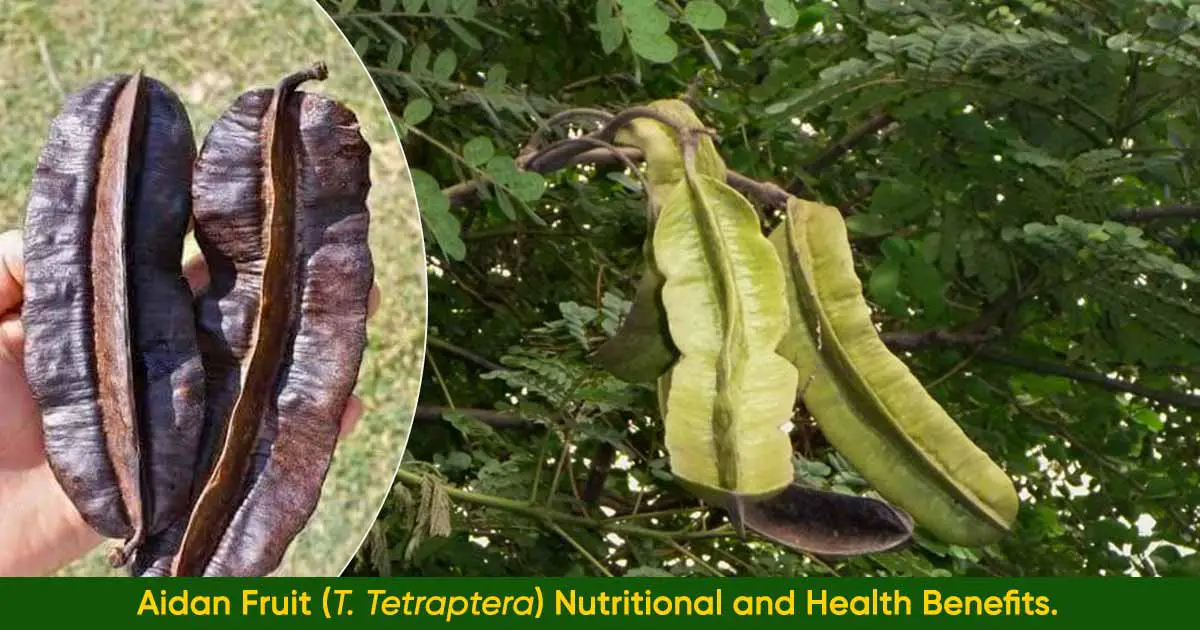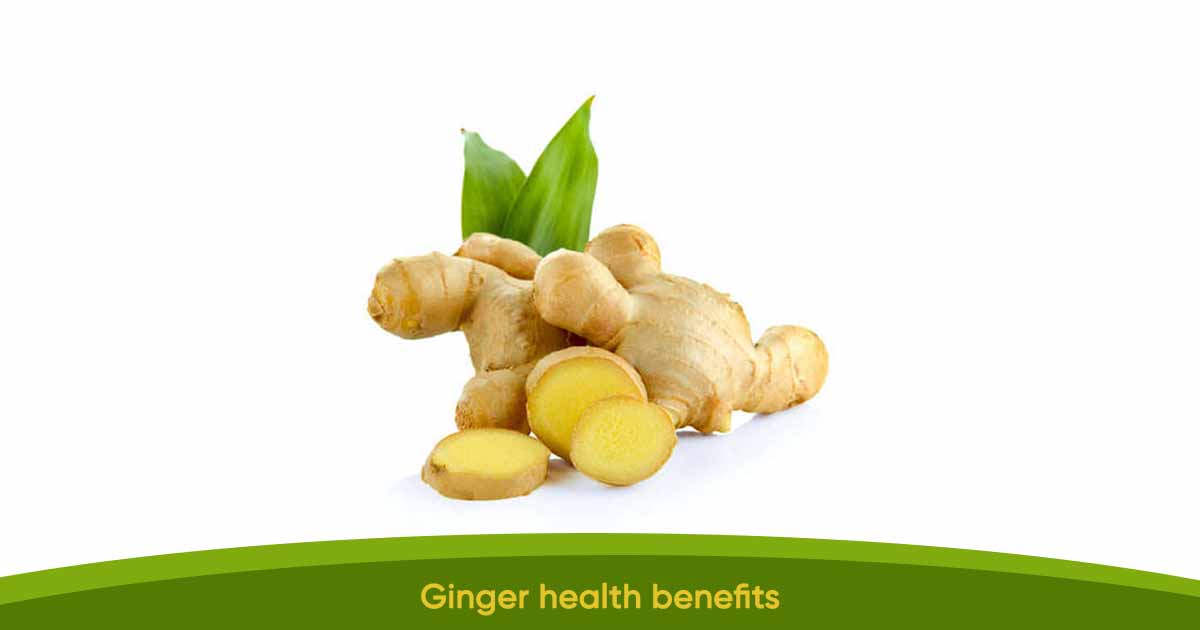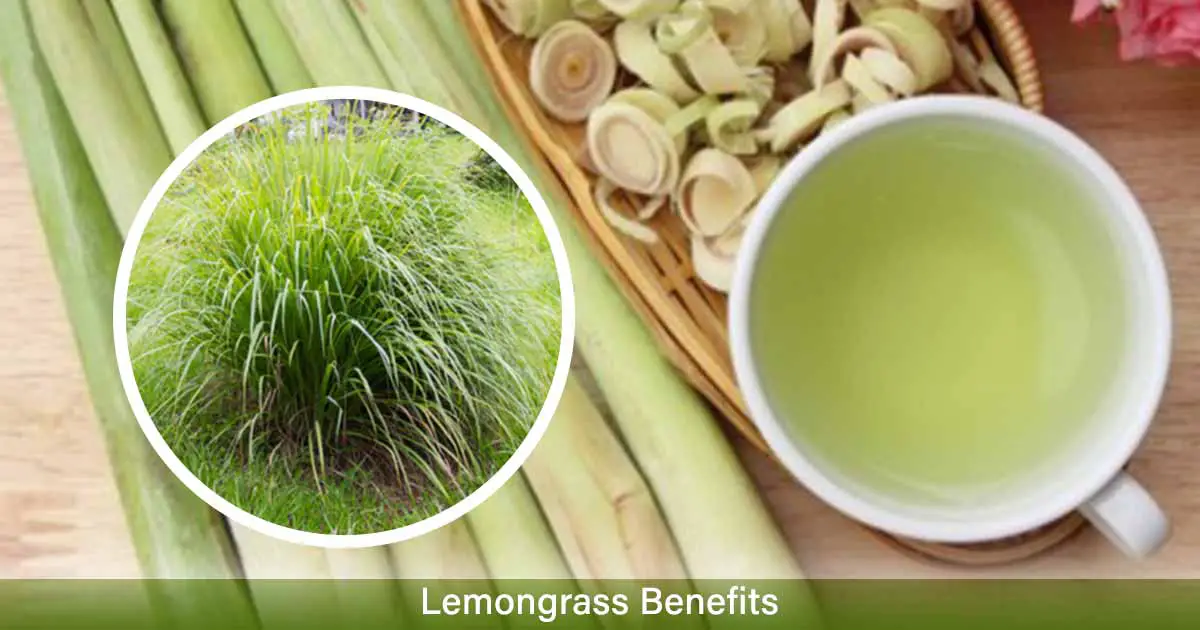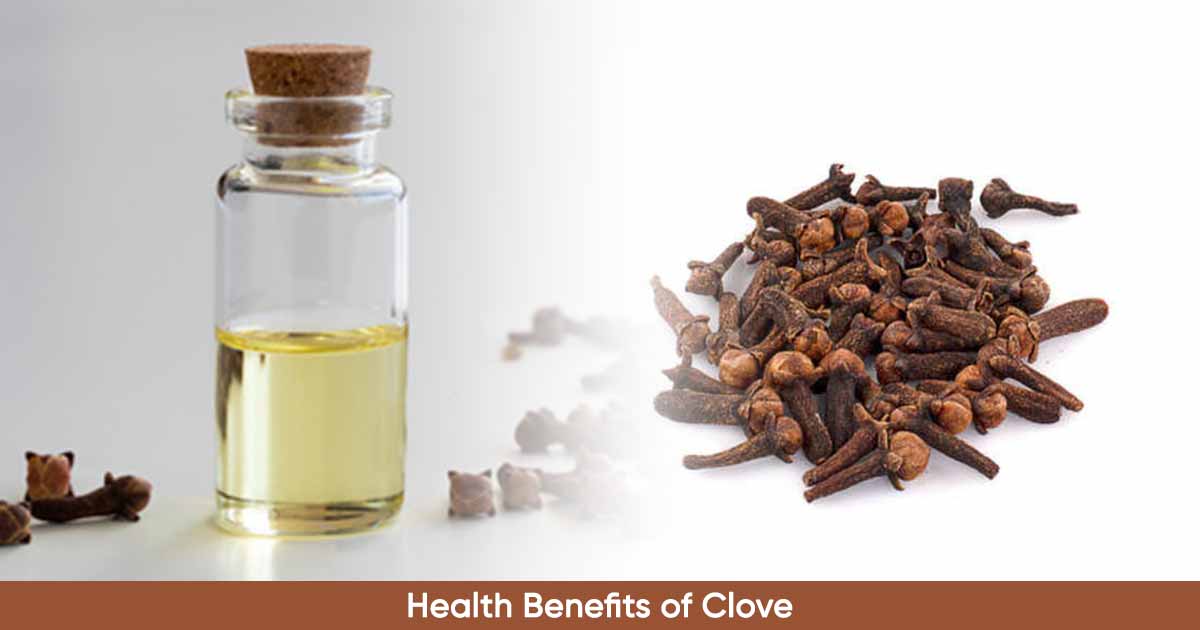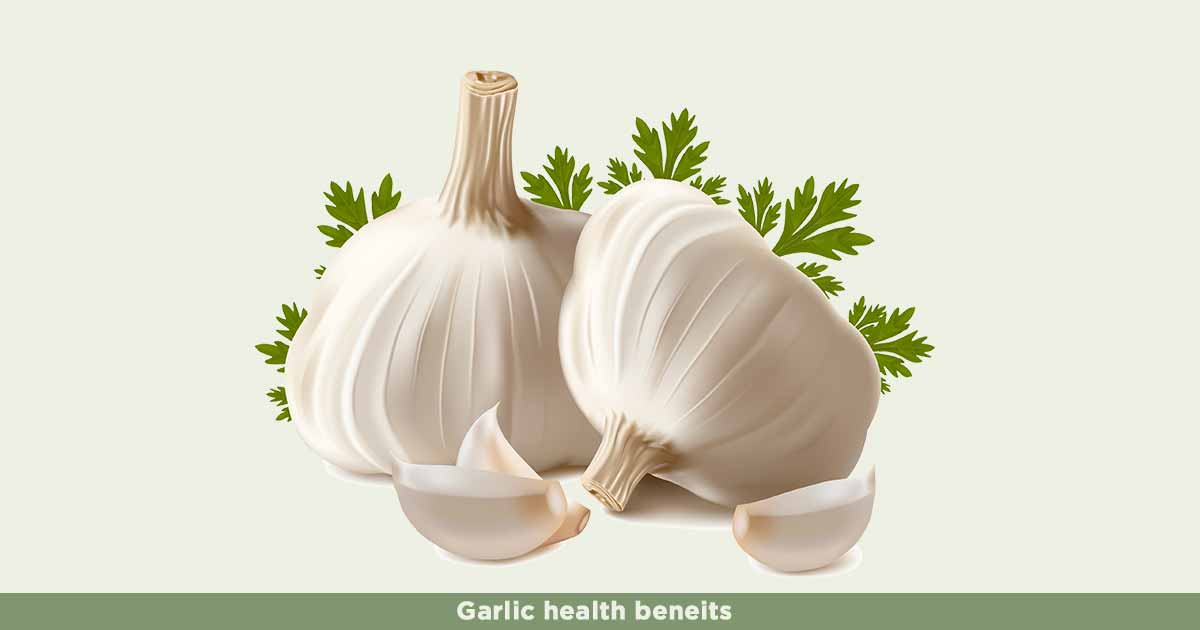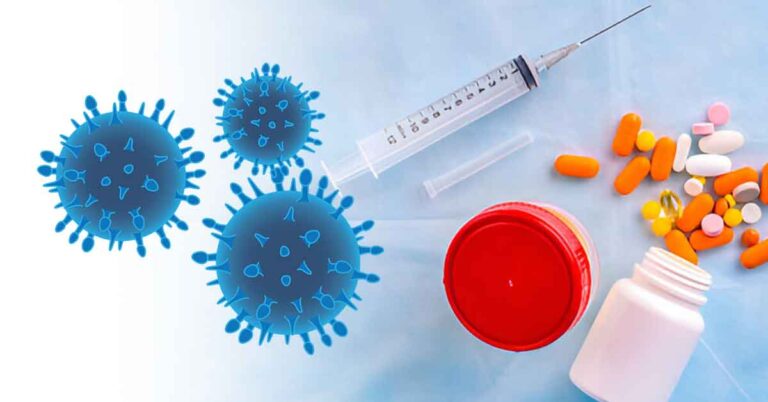Aidan fruit (botanical name: Tetrapleura tetraptera) is a culinary spice. The deciduous plant is from the family, Fabaceae – Mimosoideae. The plant is native to West Africa, and is highly distributed in tropical Africa, secondary forest, and rainforest, where they perform best. The plant is abundant in countries like Ghana, Nigeria, Gambia, Benin, Uganda, Burkina Faso, Tanzania, Mauritania, Niger, and other Asian countries etc.
The plant can reach up to 20–25 m height. The bark of the plant is thin, fairly smooth, grey-brown, while the leaves are immobile, free from hair, with stalk 15-30 cm long. The flowers are pinkish-cream to orange, and are densely packed.
The fruit is shiny, dark purple-brown, and lacks hairs. The seeds in the pods, are small, black, hard, flat. Pods are indehiscent (does not split open in any regular manner) while the kernel contains oil.
Flowering starts in the middle or end of February to early or mid-April when young green fruit appears. The fruit ripens from September to December.
Other names of aidan fruit are Aridan in Yoruba, “Kikangabalimu” in Uganda, Osakrisa or Oshosho in Igbo, Prekese in Ghana, Dawo in Hausa, Abogolo in Igala, Osho, Uyayak, Edeminang, Ojewole, Ozhagirizha etc.
Aidan fruit, or Tetrapleura tetraptera has many nutritional and medicinal benefits. The nutritional benefits are due to micronutrients such as iron, zinc. It is used to add flavor and aroma to food. The phytochemicals such as tannins, saponins, alkaloids, flavonoids, and phenols are responsible for the medicinal benefits.
Some health benefits involve management of asthma, arthritis, rheumatoid pain, inflammation, diabetes mellitus, hypertension, epilepsy, convulsions, leprosy, mental illness, wound-healing, and schistosomiasis.
Traditionally, aidan fruit is used to cook soup for mothers after giving birth to prevent post-partum contraction. Black soap made from the ash of the burnt aidan fruit, threobroma cacao fruits and cola nitida fruits are used for skin infection treatment.
Nutritional Composition of Aidan Fruit
Aidan fruits contain 58.48-63.86% carbohydrate, 5.61-6.69% protein, 11.19-24.71% fats, 2.65-4.02% ash, 3.14-4.11% fiber, and 5.06-8.2% moisture. The mineral composition includes manganese, sodium, potassium, calcium, phosphorus, iron, zinc, copper, magnesium. Vitamins such as vitamin A, vitamin C, vitamin E, thiamine, niacin, and riboflavin.
| Minerals | Composition (Mg/100g) |
| Calcium | 182.11-200.02 |
| Magnesium | 92.56-98.66 |
| Copper | 8.22-10.11 |
| Sodium | 19.95-26.80 |
| Potassium | 251.22-288.62 |
| Manganese | 322.00-342.00 |
| Iron | 16.11-18.22 |
| Zinc | 10.75-16.24 |
| Phosphorus | 36.22-43.11 |
| Vitamins | Composition (%) |
| Vitamin A | 3.22-4.69 |
| Vitamin C | 0.88-1.20 |
| Vitamin E | 2.66-3.69 |
| Niacin | 0.11-0.12 |
| Thiamine | 0.01-0.04 |
| Riboflavin | 0.01-0.03 |
Bioactive Constituent of Aidan Fruit
Ethanolic extract of the pulp, whole fruit, and seeds of T. tetraptera shows it contain alkaloids, flavonoids (e.g., butein, isoliquiritigenin, naringenin)saponins, steroids, tannins, phlobatanin, cardiac gycosides, reducing sugars, terpenoids, and phenols. High quantity of tannin is found in the pulp.
The active elements include scopoletin, aridanin, hentriacontane, caffeic acid, p-coumaric
acid, carbohydrate residues, and phenylpropanoids-ferulic acid. There is also saponin glycoside with an oleanolic acid aglycone, and a monodesmosidic diglycoside of the rare sapogenin 27-hydroxyolean-12 (13)-en-28-oic acid, and aridanin and three of its olean-12-en-28-oic acid derivatives in the fruit.
Also, echinocystic acid-3-0-sodium sulfate is obtained from the stembark, umbelliferone and ferulic acid from the leaves and branches. T. tetraptera contain high amount of polyphenol mainly eugenol, quercetin, tyrosol, and catechin.
Medicinal Benefits of T. tetraptera (Aidan fruit)
Anticonvulsant effect: Aridanin (an N-acetylglycoside of oleanolic acid), a compound in Tetrapleura tetraptera fruit protect animals against pentylenetetrazole (PTZ)-induced seizure but not in strychnine and picrotoxin induced convulsions.
Aridanin can act as a central nervous system (CNS) depressant causing reduction in convulsion by its membrane stabilizing property.
Anti-inflammatory action: Tetrapleura tetraptera fruit has anti-arthritic activity and anti-inflammatory activity. In a lab test, it reduced the fresh egg albumin-induced acute inflammation of the rat hind paw oedema.
Butein, a flavonoid from the plant, has antioxidant and anti-inflammatory action.
Analgesic property: Aidan fruit extract produced dose-dependent, significant analgesic effects against thermally and chemically induced pain in mice.
This analgesic and hypothermic action is mediated through opioids and cholinergic, 5-HT receptors respectively.
Aridan for fertility: Aqueous extract of Tetrapleura tetraptera enhances steroidogenesis, spermatogenesis and maintain testicular integrity in rats. Also, the extract possesses free radicals scavenging ability due to the antioxidants present (vitamin A, vitamin C, vitamin E), and other important nutrients such as zinc, arginine which improves male fertility.
Hypertensive property: Tetrapleura tetraptera extract may lower blood pressure, heart rate and inhibited salt-sucrose-induced lipid peroxidation in the liver.
Isoliquiritigenin, a flavonoid from aridan fruit, has a vasodilatory effect on phenylephrine-precontracted rat aorta.
Anti-diabetic effect: Tetrapleura tetraptera ethanol leaf extract produced a dose-dependent reduction in the blood glucose concentrations of both fasted normal and fasted diabetic rats. It also reduced oxidative stress. Hence, it can be used in managing type 2 diabetes.
Weight loss: Root bark extract may reduce serum triacylglycerol, total cholesterol and LDL-cholesterol concentration significantly, while increasing the HDL- cholesterol concentration. It can be beneficial in persons who want to achieve weight loss.
Naringeni, a flavonoid compound from the plant, lowers plasma cholesterol in vivo. Thus the plant has lipid and cholesterol lowering ability.
Molluscicidal actionto control schistosomiasis and trematode infection: T. tetraptera contain compounds such as saponin glycoside with an oleanolic acid aglycone, a monodesmosidic diglycoside of the rare sapogenin 27-hydroxyolean-12 (13)-en-28-oic acid. Other compounds are umbelliferone and ferulic acid in the leaves and branches, echinocystic acid-3-0-sodium sulfate in the bark, aridanin and three of its olean-12-en-28-oic acid derivatives.
These compounds have molluscicidal activity against the schistosomiasis-transmitting snails Biomphalaria glabrata, Bulinus globosus and Lymnaea natalensis.
Antimicrobial activity: Tetrapleura tetraptera root extract possess antimicrobial activity against both gram-positive and gram-negative bacteria, such as Escherichia coli, P. aeruginosa and Staphylococcus aureus. It also inhibits B. subtilis, but weakly.
Postpartum recovery: Aridan is used to prepare soup or porridge for nursing mothers after childbirth, as it is believed to prevent postpartum contraction and aid in lactation.
Fibroid: In some localities, aidan fruit is believed to reduce or shrink the fibroid, a non-cancerous growth of muscle and fibrous tissue in the womb. However, this claim has not been validated.
Antioxidant property: Aidan fruit contains phenolic compounds such as eugenol, quercetin, tyrosol, and catechin, and vitamins such as C, A that have antioxidant and radical scavenging activities. This helps in managing liver diseases, heart diseases, and neurodegenerative diseases.
Anticancer activity: Tetrapleura tetraptera is a potential cytotoxic agent, and contains compounds such as luteolin, naringenin, betulinic acid, 3-O-[6′-O-undecanoyl-β-D-glucopyranosyl]stigmasterol, olean-12-en-3-β-O-D-glucopyranoside, 3-O-β-D-glucopyranosyl-(1 → 6)-β-D-glucopyranosylurs-12-en-28-oic acid.
TTF induced apoptosis in CCRF-CEM cells through MMP alteration and increased ROS production.
Toxicity/Side Effects of Aidan Fruit (Tetrapleura tetraptera)
Tetrapleura tetraptera is safe even at oral dose of 5000 mg/kg of body weight. However, using high doses (> 1000 mg/kg), may cause potential alterations of renal function.
References:
- http://apps.worldagroforestry.org/treedb/AFTPDFS/Tetrapleura_tetraptera.PDF
- https://www.hindawi.com/journals/jchem/2020/1608341/
- https://pubmed.ncbi.nlm.nih.gov/20162069/
- https://europepmc.org/article/med/33253828
- https://www.sciencedirect.com/science/article/pii/S2665944121000018
- https://scialert.net/fulltext/?doi=jm.2006.416.422
- https://www.hindawi.com/journals/tswj/2019/5236851/
- https://www.semanticscholar.org/paper/NUTRITIONAL-AND-MEDICINAL-IMPORTANCE-OF-TETRAPLEURA-AkintolaO./c0d69af499f44bd3c0ad403df77cc85dce269724

